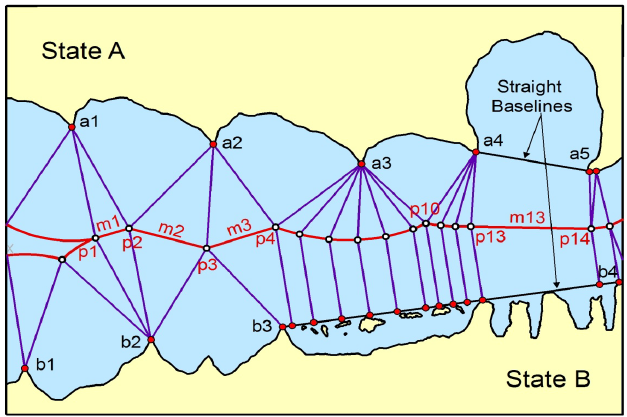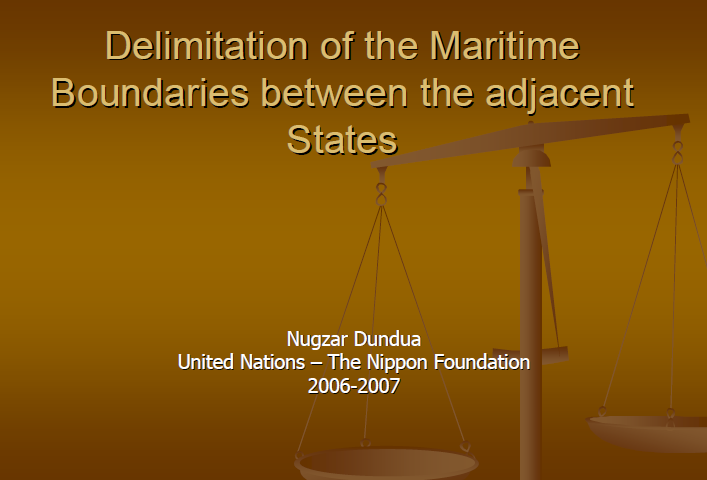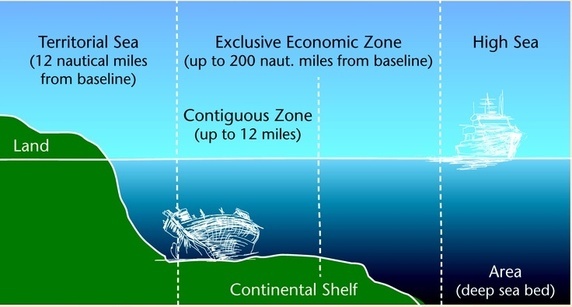The first attempt at codification of the customary law of maritime delimitation started with the 1930 Hague Conference under the auspices of the League of Nations. The Hague Conference failed to reach its purpose and the following World War II period was not an appropriate period to deal with issues of maritime delimitation. In the aftermath of World War II, the creation of the United Nations Organization (UN) and the multiple individual claims of States over maritime spaces, such as the Truman Proclamation and the Santiago Declaration raised the need of re-starting the process of codification of the law of maritime delimitation. The adoption of the 1958 Geneva Conventions which followed was a successful initiative, at least to some extent.
View More Codification of Maritime DelimitationCodification of Maritime Delimitation
IILSS 1st September 2021Agreement/Equidistance/Special CircumstancesCodification of Maritime DelimitationEquidistance v. EquityEquidistance/Relevant CircumstancesEquidistance/Special CircumstancesHow is maritime delimitation done?law of the seamaritime delimitationspecial circumstancesWhat are the different maritime zones?What are the stages of maritime boundary?What is delimitation of maritime boundary?What is equi distance theory?What is marine delimitation?What is the cardinal principle applicable to maritime delimitation?



